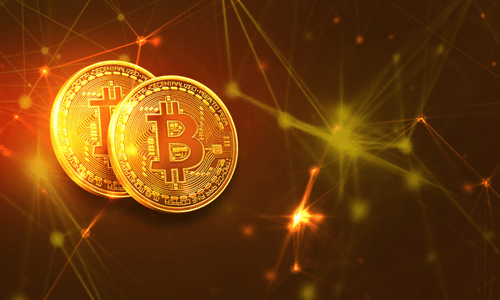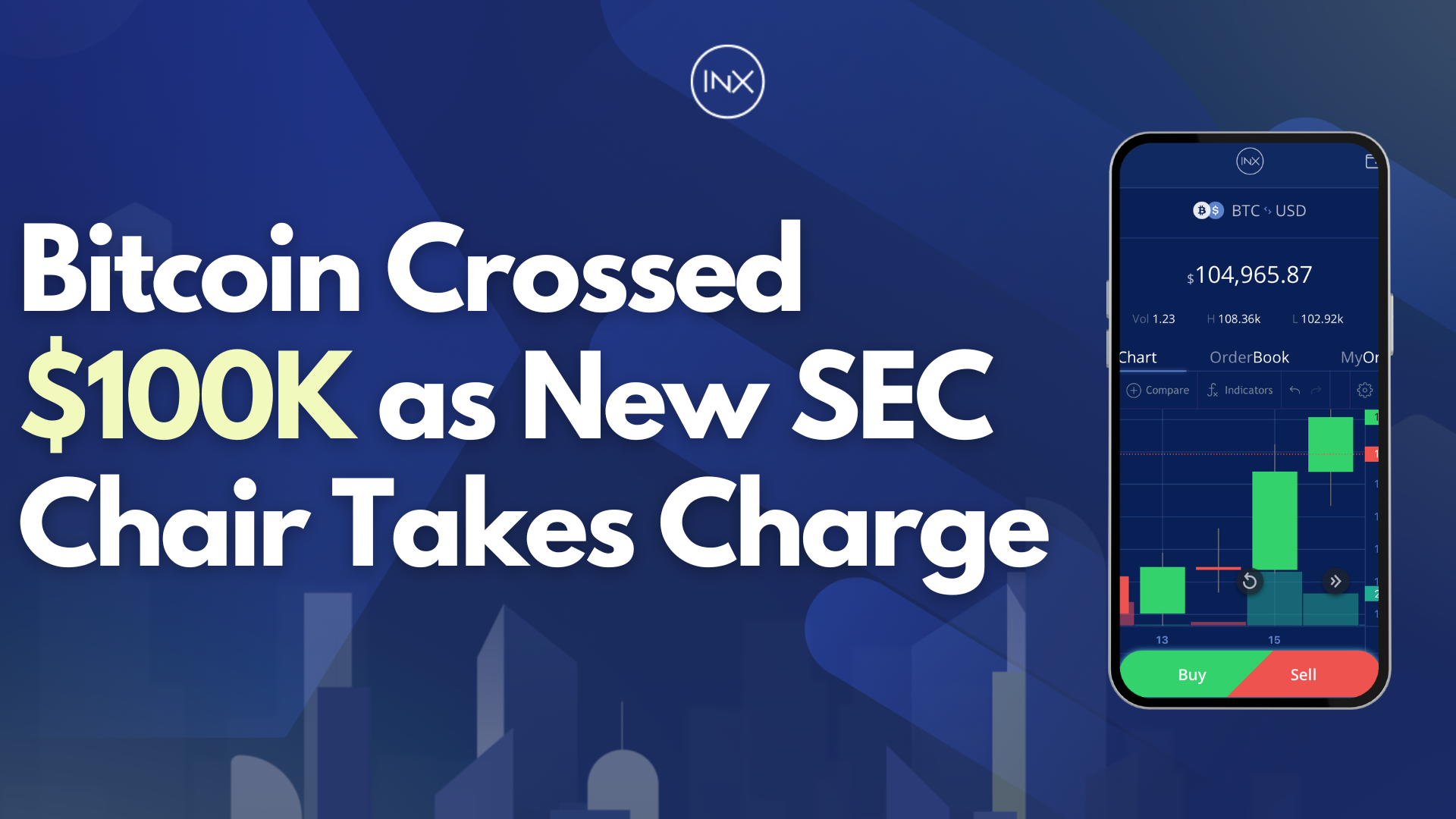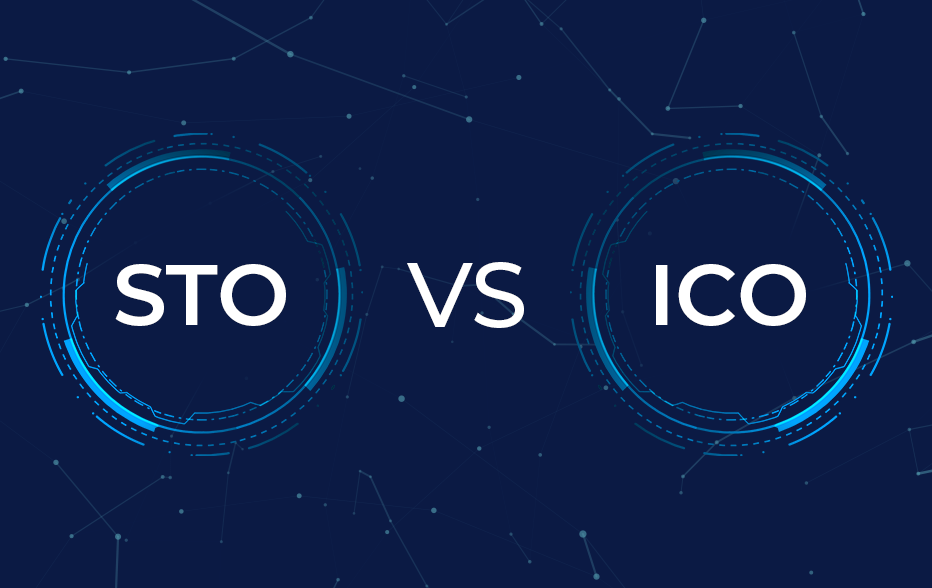What is Bitcoin, and how does it elevate traditional finance to the 21st century?

Bitcoin is a revolutionary digital currency and payment system that has been gaining traction since its inception in 2009. It has become the world’s largest cryptocurrency and is considered the first successful application of blockchain technology. Bitcoin is decentralized, meaning it does not rely on a central server or government to keep track of transactions and secure the network. Instead, users across the globe use complex mathematical equations to process transactions on the Bitcoin network, allowing for fast, secure, and low-cost payments.
The Mystery Behind Bitcoin – Who Created It?
Let’s travel back in time to learn more about Bitcoin’s roots. Bitcoin was created in 2009 by Satoshi Nakamoto, an anonymous coder who released his invention to an initial group of cryptography enthusiasts. To this day, no one knows who invented Bitcoin after a decade of inquiry by journalists and cryptocurrency community members. Inspired by earlier digital currency projects such as HashCash, bit-gold, and b-money, Bitcoin was initially a curiosity pursued by hard-core cryptographers only. That slowly changed when the first Bitcoin exchange, BitcoinMarket.com, was launched in March 2010. It was founded by a programmer named Jed McCaleb. In the same year, the first real-world transaction using Bitcoin happened when Laszlo Hanyecz brought two pizzas for 10,000 BTC, now worth approximately $160 million. Since then, Bitcoin has taken further steps to emerge as a legitimate form of money in our global economy.
In addition to serving as money, Bitcoin also spurred a wave of innovation in the field of blockchain technology. Fourteen years later, the same technology that underpins Bitcoin is powering a range of applications, from gaming apps to financial tools, which operate without a centralized server.
Bitcoin Basics
Bitcoin’s market valuation and trading volume (abbreviated as BTC) remain the highest since its creation, despite the hundreds of additional cryptocurrencies that have appeared.
Bitcoin is a kind of electronic cash that can only be used on the internet. Without the need for a bank or payment processor, online transactions may be made without utilizing a government-issued currency, such as the US dollar or the Euro. For example, quicker and cheaper international money transactions and greater private ownership and administration of one’s assets are made possible by removing such gatekeepers.
Use, keep, trade, or donate it for travel, charity, or both; it is permitted. Some companies even accept Bitcoin as a method of payment.
Bitcoin serves as a store of value, a medium of exchange, and even as a unit of account in the crypto markets, giving it all the characteristics of a legitimate currency.
What is a Blockchain? The Tech Transformation Making Bitcoin Possible.
A blockchain is a digital ledger that records and stores data related to the transactions that take place on the network. It is composed of a series of blocks, which are linked together in a chain-like structure. Each block contains information about the transactions that have taken place since the previous block. This data is then verified by miners on the network using complex mathematical equations, allowing for a secure and immutable record of all transactions. Blockchains are distributed across different computers, making both transparent and virtually tamper-proof.
The benefits of blockchain extend beyond money and are revolutionizing many other industries. For example, blockchain technology can be used to securely store and transfer medical records, or to create a secure and transparent voting system.
How does the Bitcoin blockchain work?
As the first blockchain in history, Bitcoin introduced the world to the idea of distributed consensus. No person or organization has no control over Bitcoin, unlike credit card networks like Visa and payment processors like Paypal, and anyone with an internet connection may use Bitcoin, the world’s first open payment network.
To be more precise, here’s how it all works:
Cryptocurrency transactions are verified and recorded using special computers called “mining rigs.” Anyone who wanted to become involved in mining in the early days could use an ordinary desktop computer. It is common for large organizations to combine resources to purchase computer systems that are now considered essential.
But how does the network encourage miners to contribute? Whenever a math problem is solved, the Bitcoin network conducts a random lottery in which all mining rigs compete for the prize. Every 10 minutes, the Bitcoin ledger is updated to reflect new valid transactions. There were 12.5 Bitcoins awarded to each of the lucky winners.
A single Bitcoin was once worthless and was valued at around $23,000 at the end of January 2023. In recent years, the possibility of obtaining a fraction of a Bitcoin has become one of the essential characteristics of Bitcoin. A single Bitcoin can be divided into 100 million satoshis, or sats, the smallest denomination in Bitcoin.
Bitcoin’s Monetary Policy
Like any other monetary system, Bitcoin has a unique monetary policy that determines how the supply of Bitcoin is managed. However, unlike fiat currencies, Bitcoin’s monetary policy is determined by Satohsi’s original code written 14 years ago, and not by a closed group of unelected individuals.
Bitcoin’s monetary policy is characterized by two main features:
- A finite 21 million coin limit: The 21 million coin limit ensures that the supply of Bitcoins will never exceed this maximum, creating scarcity and making each Bitcoin more valuable as demand increases.
- A ‘halving’ event once every four years. The Bitcoin halving is a systematic reduction of the number of new coins created over time. Every 210,000 Bitcoin blocks, or approximately every four years, the number of new Bitcoins generated is cut by half, making it increasingly difficult to mine new coins and further limiting the supply.
This strict monetary policy is designed to maintain stability in the long-term value of Bitcoin, as the scarcity of new coins helps to protect it from inflationary pressures.
How to Buy Bitcoin & Store it Safely
The way to use Bitcoin is to transmit and receive payments electronically. You have total control and privacy over your blockchain transactions, just like you do with other cryptocurrencies.
Before you’re able to use Bitcoin, you must first get a hold of some. INX offers Bitcoin trading on our US-regulated platform. By using INX, you have the confident that all Bitcoin transactions are compliant with regulations while safeguarding your privacy and security with industry-standard security measures. It also Bitcoin trading simple, requiring just three basic steps:
1. Create and confirm your account: After opening your account, you’ll need to verify your identity in order to be eligible for trading.
2. Fund your account: Once your account has been approved, you’re ready to send over funds in order to start trading.
3. Place your order for cryptocurrencies: Congratulations, you’ve funded your account successfully. Now you’re ready to buy some Bitcoin.
Since most companies do not immediately accept Bitcoin, you will need a “digital” or “Bitcoin” wallet to hold your balance. Bitcoin wallets are available in several formats, including mobile applications, desktop or online software, and hardware (such as a USB stick) that allows you to transfer and receive funds via alphanumeric or QR codes.
Final Thoughts on Bitcoin in 2023
Bitcoin and blockchain technology have revolutionized the way we view payments, data storage, and financial freedom. Nevertheless, a rough couple of years saw Bitcoin entering 2023 in the midst of the third bear market of its life, with its price under $17,000. Battered and bruised, Bitcoin was suffering from the impact of multiple high-profile collapses, such as FTX, Voyager, BlockFi, Celsius, and other crypto firms going bankrupt. Yet, as the month of January progressed, the price of Bitcoin recovered nicely, shooting up past $23,000 per coin.
Despite some misconceptions about Bitcoin and blockchain technology, it has become clear that these technologies are here to stay and will continue to shape our digital future. With more governments, companies, and institutions looking to adopt this technology, it is only a matter of time before it becomes mainstream.
Bitcoin is no longer reserved for retail investors only. Ever since Microstrategy became the first public company to hold Bitcoin when it purchased 21,454 Bitcoin in August 2020, Bitcoin’s reputation has grown amongst institutional investors. Furthermore, Bitcoin also became the national currency of El Salvador in 2021.
As technology continues to evolve, it is important to stay informed about the latest developments in space. This will help ensure that you are able to make the most of the opportunities that blockchain technology presents.
Looking to buy Bitcoin? Sign up for INX!
Bitcoin FAQ
What is Bitcoin mining?
For the Bitcoin digital currency system, Bitcoin mining is the process of confirming and distributing new transactions and creating new Bitcoin. In exchange for products or services, Bitcoin is a kind of digital money known as a “coin.”
How difficult is it to make a Bitcoin payment?
Bitcoin transactions are more straightforward than debit or credit card transactions, and they may be accepted without opening a bank or merchant account.
Is Bitcoin real money?
Bitcoin is a digital alternative to fiat money and is decentralized via the blockchain, as transactions are made person-to-person. But yes, Bitcoin is technically real money, and you can use it to buy things, but it’s not widely accepted yet.
David Azaraf June 20, 2022
Crypto enthusiast, help businesses plug into the token economy






